Home>Interior Design>The Biggest Rug Mistake You Can Make, Says Jake Arnold
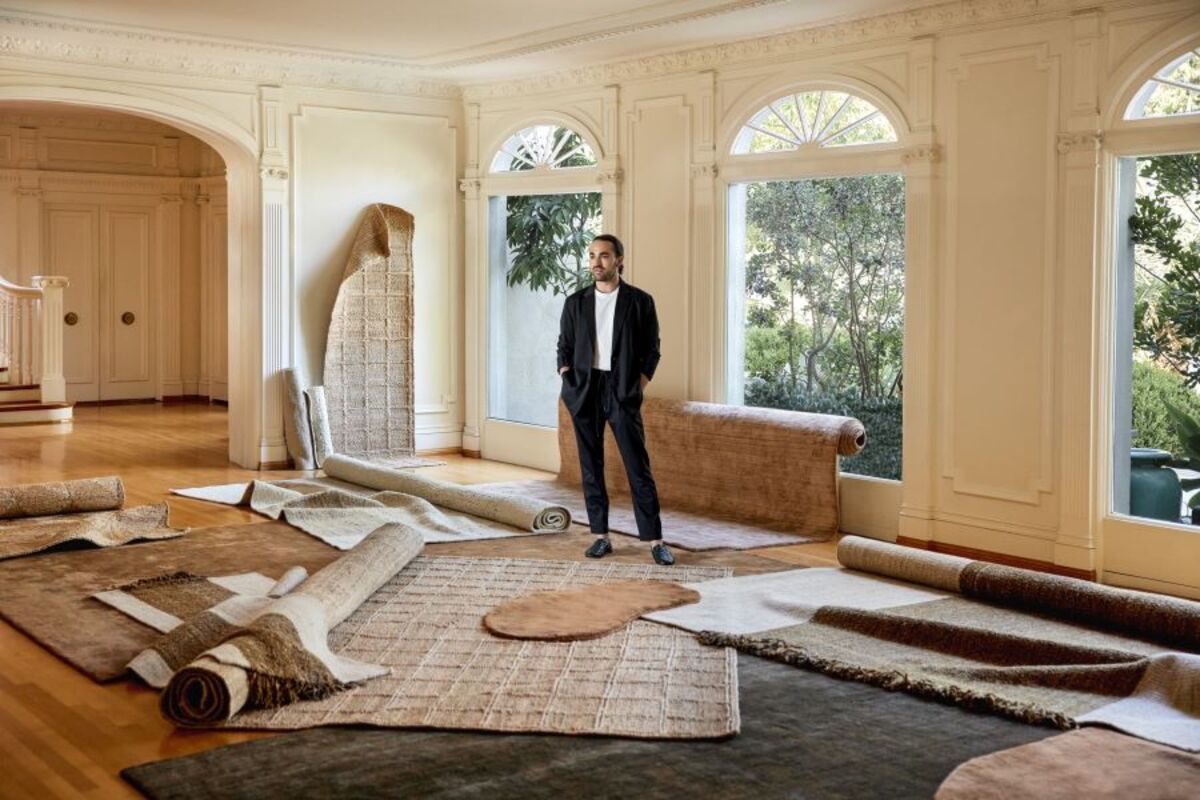

Interior Design
The Biggest Rug Mistake You Can Make, Says Jake Arnold
Modified: January 6, 2024
Avoid the biggest rug mistake in interior design, as advised by renowned expert Jake Arnold. Enhance your space with the right rugs.
(Many of the links in this article redirect to a specific reviewed product. Your purchase of these products through affiliate links helps to generate commission for Storables.com, at no extra cost. Learn more)
Introduction
When it comes to designing the perfect interior space, every detail matters. From the furniture to the decor, each element contributes to the overall aesthetic and functionality of a room. One often overlooked but critical aspect of interior design is choosing the right rug.
A well-chosen rug can transform a space, adding warmth, texture, and visual interest. However, making a mistake in selecting the right rug can have the opposite effect, throwing off the balance of the room and diminishing its overall appeal. In this article, renowned interior designer Jake Arnold reveals the biggest rug mistake you can make and offers invaluable advice on how to avoid it.
With years of experience in the industry, Jake Arnold has become an authority in interior design, creating stunning spaces for clients around the world. His expertise in selecting the perfect rug allows him to share valuable insights that can help anyone in their interior design journey.
So, what is the biggest rug mistake you can make, according to Jake Arnold? Let’s find out.
Key Takeaways:
- Don’t underestimate the importance of rug size. Measure accurately and consider furniture proportions to ensure a well-balanced and visually pleasing room.
- Selecting the right rug material, considering maintenance, and understanding functionality are crucial for creating a harmonious and practical space.
Buying the Wrong Size Rug
One of the most common mistakes people make when it comes to rugs is purchasing the wrong size. Whether it’s too small or too large, an ill-fitting rug can throw off the entire balance of a room and make it feel disjointed.
Imagine walking into a living room with a tiny rug that barely covers the area in front of the sofa. It not only looks out of proportion, but it also creates an uncomfortable and visually unappealing space. On the other hand, a rug that is too large can overwhelm the room, making it feel cluttered and cramped.
So, how do you avoid this mistake? Jake Arnold suggests taking accurate measurements of your designated rug area before making a purchase. Consider the size of your furniture as well, ensuring that the rug is large enough to accommodate all the key pieces while still providing a border of floor space around the edges.
Additionally, Arnold advises using masking tape or newspapers to outline the rug’s dimensions on the floor. This gives you a visual representation of how the rug will fit into the room and helps you make a more informed decision.
Remember, a properly sized rug will anchor the furniture and define the space, creating a harmonious and visually pleasing environment.
Choosing the Wrong Rug Material
When it comes to rugs, the material plays a crucial role not only in the aesthetic appeal but also in the durability and functionality. Selecting the wrong rug material can result in a rug that doesn’t meet your needs or withstand the test of time.
One common mistake is choosing a rug material that doesn’t suit the room’s purpose or traffic level. For example, in high-traffic areas such as the entryway or living room, a rug made of delicate silk may not be the best choice. It can easily get damaged or worn out, requiring frequent replacement.
On the other hand, a rug made of durable and stain-resistant materials, like wool or synthetic fibers, would be a better option for high-traffic areas. These materials are easier to clean and maintain, making them ideal for busy households or areas prone to spills and accidents.
Another factor to consider when selecting the rug material is the overall design and style of the room. Different materials have different textures and appearances, which can greatly impact the visual appeal of the space. For example, a room with a more traditional or formal style may benefit from the luxurious look and feel of a silk or wool rug. In contrast, a room with a more relaxed and casual vibe may work well with a sisal or jute rug.
Ultimately, it’s important to choose a rug material that matches both your aesthetic preferences and practical needs. Consider the room’s function, traffic level, and design style to determine the best material that will enhance the overall look and longevity of your rug.
Neglecting Rug Placement and Scale
Rug placement and scale are crucial elements to consider when designing a room. Unfortunately, they are often overlooked, leading to a misalignment in the overall aesthetics and functionality of the space.
A common mistake is placing a rug that is too small for the furniture or room size. This creates an imbalance and makes the room feel disconnected. For instance, if you have a large living room with a sectional sofa, placing a small rug in the center can make the furniture look cramped and out of place. Instead, opt for a rug that is large enough to comfortably accommodate the furniture and create a cohesive visual flow.
Additionally, it’s essential to consider the placement of the rug in relation to the surrounding furniture and architectural features. For example, in a dining room, the rug should be large enough to fit the dining table and chairs comfortably. It should also extend beyond the table’s edges to allow chairs to be pulled out without scratching the floor. On the other hand, in a bedroom, a rug can be strategically placed under the foot of the bed to add warmth and softness to the space.
Another aspect of rug placement is ensuring that the scale of the rug complements the room. A small rug in a large room can make the space look empty and void of personality, while an oversized rug can overwhelm a smaller room. Finding the right balance is crucial to create a harmonious and visually appealing environment.
Consider the proportions of the room, the size of the furniture, and the overall style when choosing the appropriate scale for your rug. It should define and anchor the space without overpowering it.
In summary, neglecting rug placement and scale can disrupt the visual harmony and functionality of a room. Take the time to carefully select the right size and placement, ensuring that the rug complements the furniture and overall design of the space.
When choosing a rug, make sure it’s the right size for the room. A rug that’s too small can make the space feel disjointed and smaller than it actually is.
Ignoring Color and Pattern Compatibility
Color and pattern play a significant role in interior design, including the selection of rugs. Unfortunately, one of the biggest rug mistakes people make is ignoring color and pattern compatibility, resulting in an uncoordinated and visually overwhelming space.
When choosing a rug, it’s essential to consider the existing color palette of the room. A rug that clashes with the dominant colors in the space can create a jarring effect and disrupt the overall harmony. On the other hand, a rug that complements the colors already present in the room can tie the elements together and enhance the overall aesthetic.
Consider the walls, furniture, and accessories in the room when selecting the color of your rug. Opt for shades that harmonize with the existing color scheme or choose a complementary color to add depth and visual interest. Additionally, take into account the mood you want to achieve. Cool tones, such as blues and greens, create a calming and serene environment, while warm tones, like reds and yellows, can add warmth and energy to the space.
In addition to color, pattern compatibility is also crucial. Mixing too many different patterns can create visual chaos and make the room feel cluttered. Conversely, using a rug with a pattern that complements the existing patterns in the room can add dimension and cohesiveness to the space.
Consider the scale and style of the patterns in both the rug and the other elements of the room. If there are already bold patterns in the space, opt for a rug with a simpler design to avoid overwhelming the room. Alternatively, if the room has a more minimalistic style, a rug with a bolder pattern can become a striking focal point.
By paying careful attention to color and pattern compatibility, you can ensure that your rug seamlessly integrates into the overall design of the room, creating a visually pleasing and harmonious environment.
Forgetting about Maintenance and Care
When selecting a rug, it’s essential to consider not only its visual appeal but also its maintenance and care requirements. Forgetting about proper maintenance can lead to a rug that quickly loses its beauty and longevity, requiring frequent replacements.
One crucial factor to consider is the rug’s material and its cleaning requirements. Different materials require different care routines, so it’s essential to understand how to properly clean and maintain the rug to keep it looking its best.
For example, some rugs can be easily cleaned with regular vacuuming, while others may require professional cleaning or special treatments to remove stains and maintain their texture. Neglecting these maintenance needs can result in a rug that becomes dirty and worn out, negatively impacting the overall appearance of the room.
It’s also essential to consider the level of foot traffic in the area where the rug will be placed. High-traffic areas, such as hallways or entryways, are more prone to dirt, spills, and wear. In these cases, opting for a rug that is easy to clean and more durable can help maintain its appearance for longer periods.
In addition to regular cleaning, it’s crucial to take preventative measures to protect the rug from damage. Using rug pads can help prevent slipping, reduce wear and tear, and provide extra cushioning. Rotating the rug periodically can also help distribute the wear evenly and prevent one area from becoming noticeably more worn than the rest.
By taking proper care of your rug, you can ensure that it remains beautiful and functional for years to come. Don’t forget about maintenance when selecting a rug, as it plays a vital role in preserving its longevity and enhancing the overall look of your space.
Overlooking the Rug’s Functionality
When choosing a rug, many people make the mistake of solely focusing on its visual appeal and forgetting to consider its functionality. Overlooking the rug’s functionality can result in a mismatched and impractical addition to your space.
First and foremost, consider the purpose of the room where the rug will be placed. Different rooms have different needs when it comes to rugs. For example, in a bedroom, a plush and comfortable rug can create a cozy atmosphere for bare feet in the morning. In a dining room, a rug that can withstand spills and stains is crucial to protect your flooring. In a high-traffic area, a durable and easy-to-clean rug is essential to withstand the wear and tear of everyday use.
Another aspect of functionality is the texture of the rug. Think about how the rug will feel underfoot and the level of comfort it provides. A rug in a cozy family room may benefit from a soft and plush texture, while a rug in a workspace may require a flatter and more durable surface.
Size and shape also play a role in the functionality of a rug. Consider the layout and flow of the room. Will the rug fit comfortably under the furniture, or will it create obstacles and make movement difficult? Will the shape of the rug complement the shape of the space?
Lastly, consider the climate and natural lighting of the room. In a sunny room with lots of natural light, certain rug materials may fade over time. In a room with high humidity, mold and mildew-resistant rugs may be more suitable.
By not overlooking the functionality of a rug, you can ensure that it not only adds visual appeal to your space but also serves a practical purpose. Consider the specific needs of the room, the texture, size, shape, and climate to choose a rug that meets both your aesthetic and functional requirements.
Conclusion
Choosing the right rug is a vital element in interior design, and avoiding common mistakes can make a significant difference in the overall look and feel of a space. Throughout this article, we have explored some of the most critical rug mistakes and the expert insights of renowned interior designer Jake Arnold.
We learned that buying the wrong size rug can throw off the balance of a room, and taking accurate measurements is essential to ensure a proper fit. Selecting the right rug material is crucial to match the room’s purpose, traffic level, and design style, while also considering the maintenance and care needed for each material.
Rug placement and scale play a significant role in creating a harmonious and visually appealing environment. Ignoring color and pattern compatibility can lead to an uncoordinated and overwhelming space, while considering these elements can tie the design together and enhance the room’s overall aesthetics.
Lastly, overlooking the rug’s functionality can result in a rug that doesn’t meet the specific needs of the room. By considering the purpose of the space, the texture, size, shape, and climate, you can choose a rug that adds both visual appeal and practicality to your interiors.
In conclusion, by avoiding these common rug mistakes and paying attention to the expert advice of Jake Arnold, you can elevate your interior design game and create stunning spaces that reflect your personal style while being functional and visually pleasing.
Remember, the rug is more than just a floor covering; it’s an essential component that ties the room together, adds warmth and texture, and sets the tone for the overall ambiance. So, take your time, do thorough research, and make a well-informed decision when choosing the perfect rug for your space.
Frequently Asked Questions about The Biggest Rug Mistake You Can Make, Says Jake Arnold
Was this page helpful?
At Storables.com, we guarantee accurate and reliable information. Our content, validated by Expert Board Contributors, is crafted following stringent Editorial Policies. We're committed to providing you with well-researched, expert-backed insights for all your informational needs.
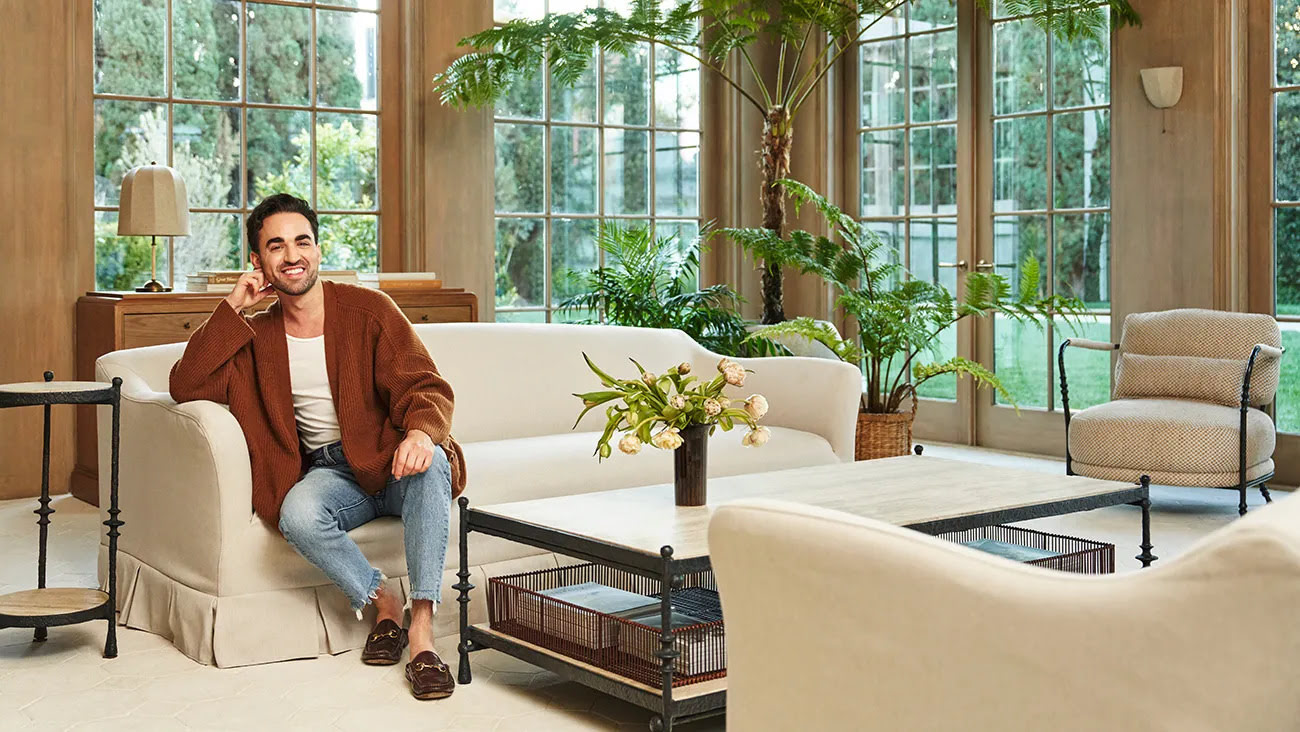
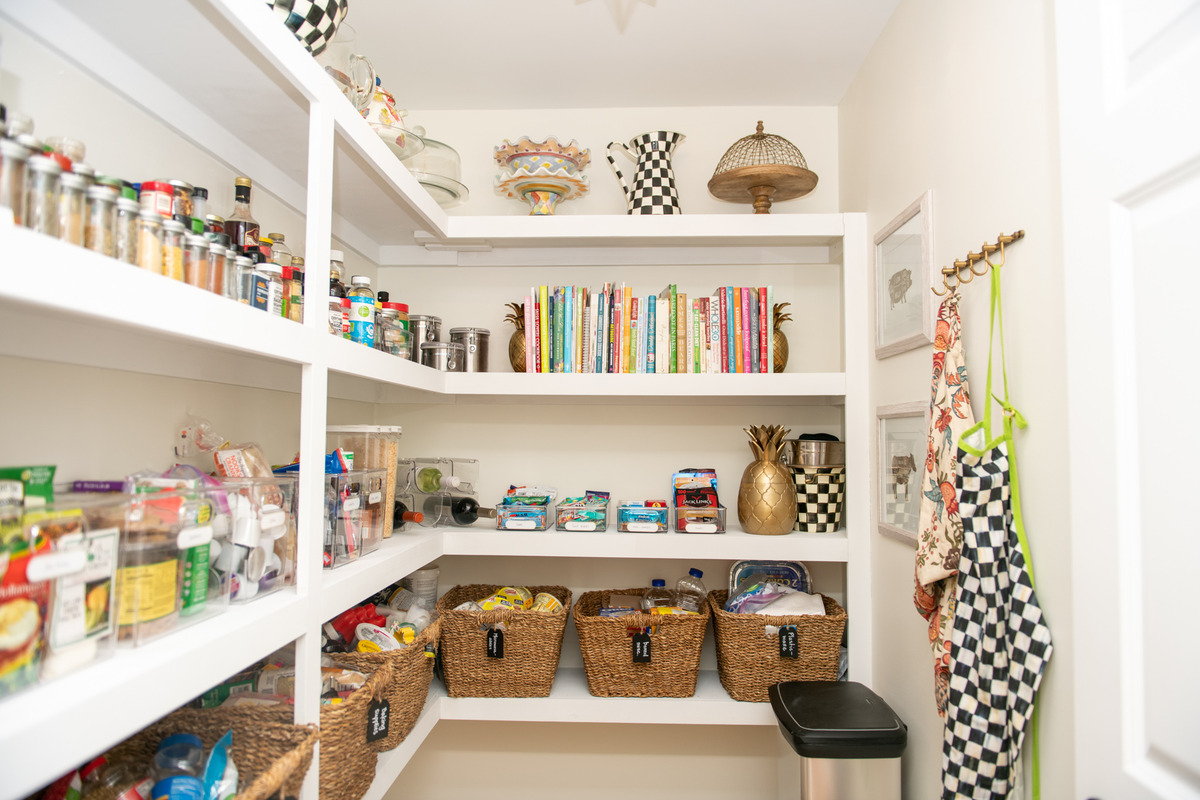
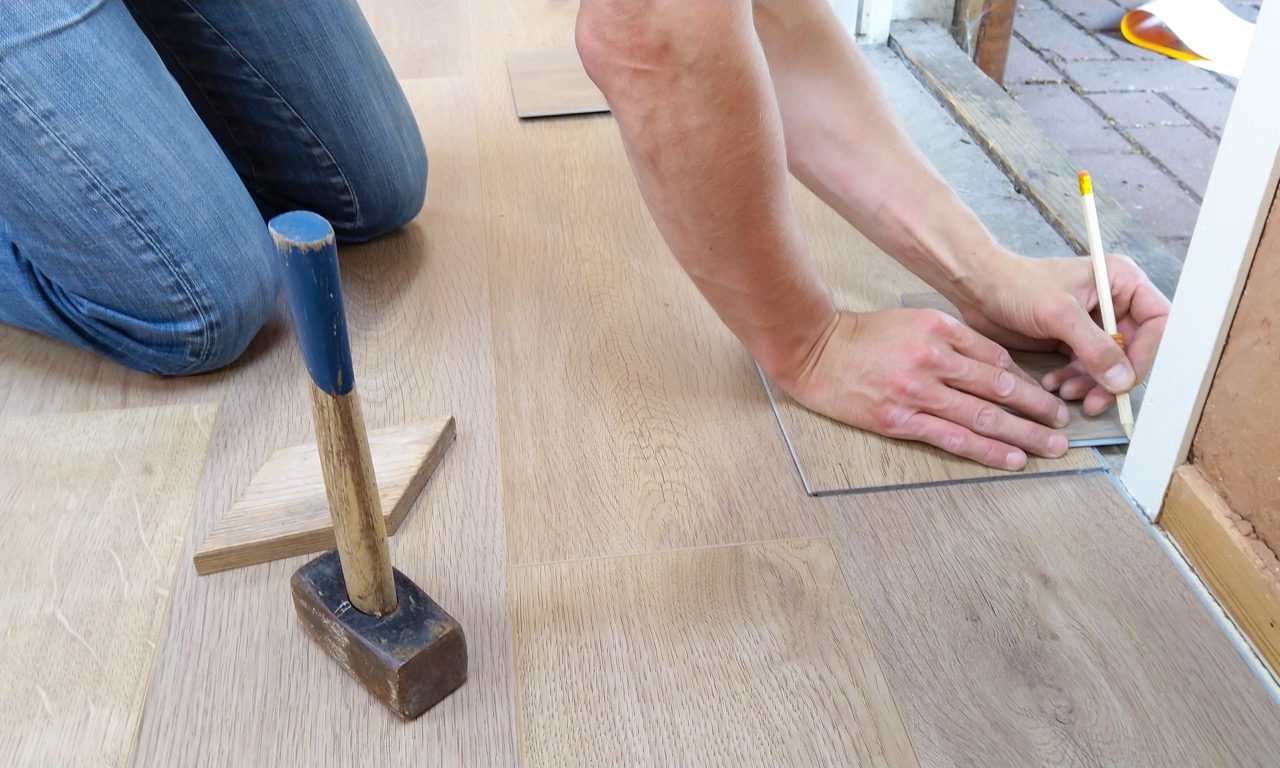
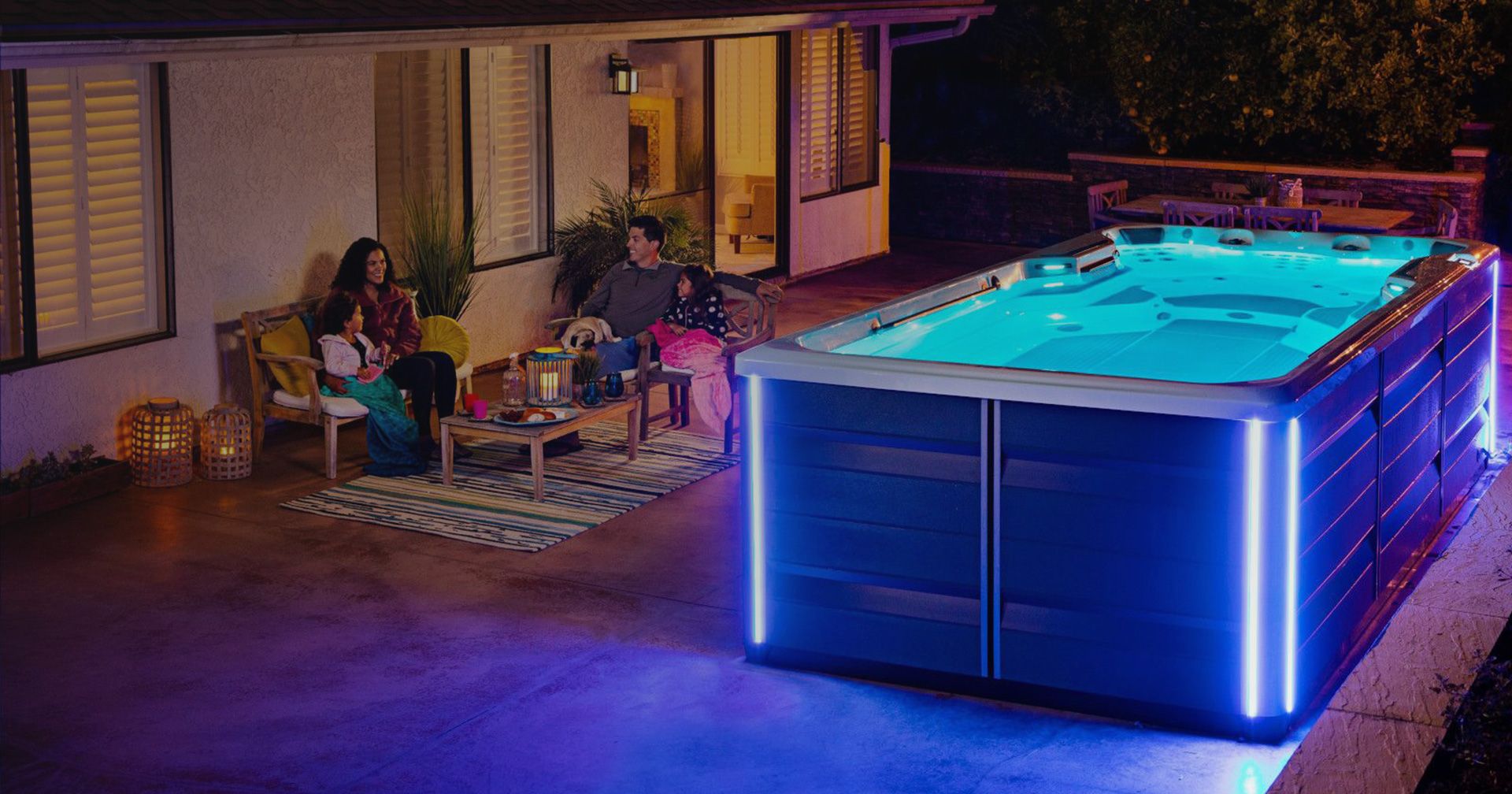

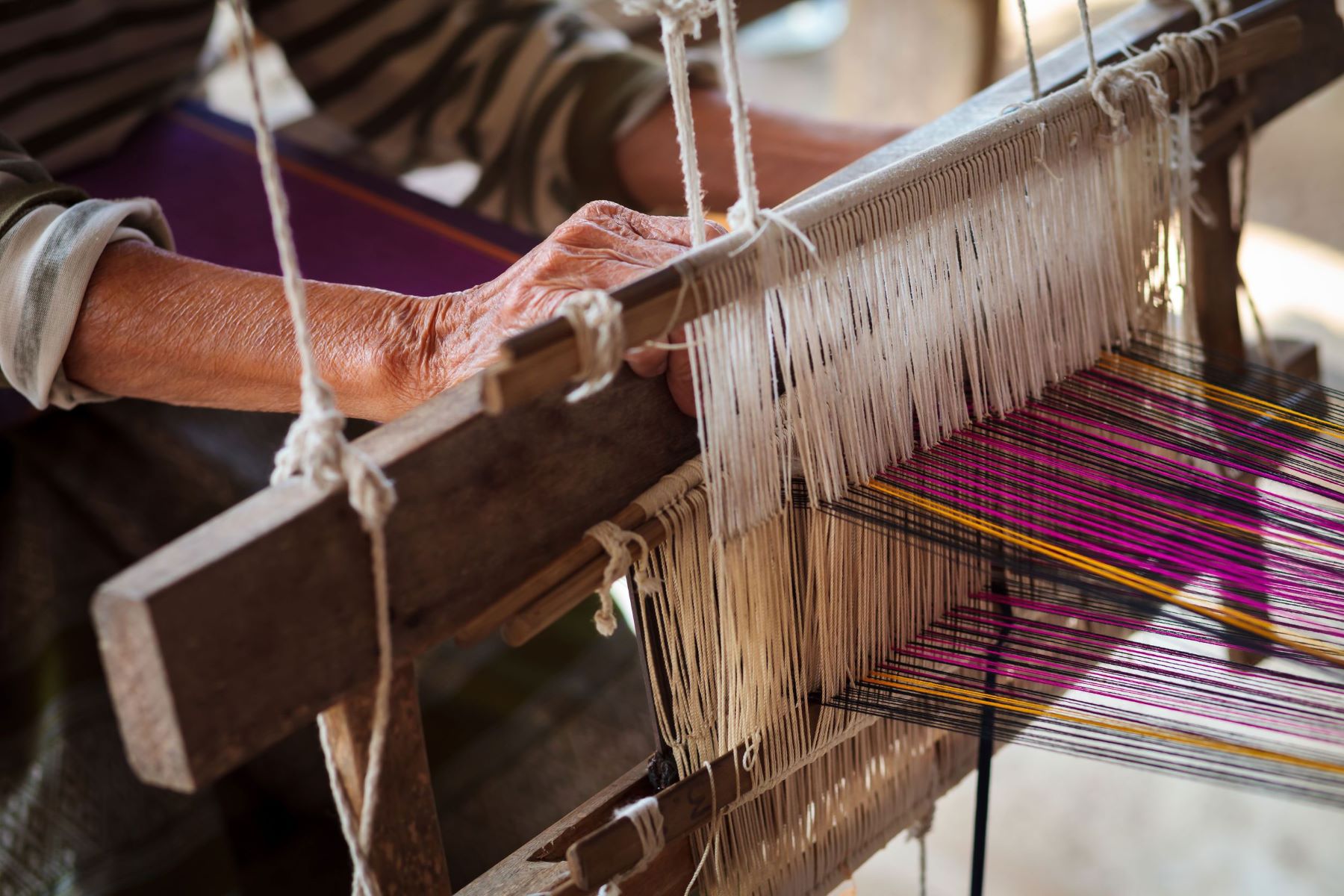
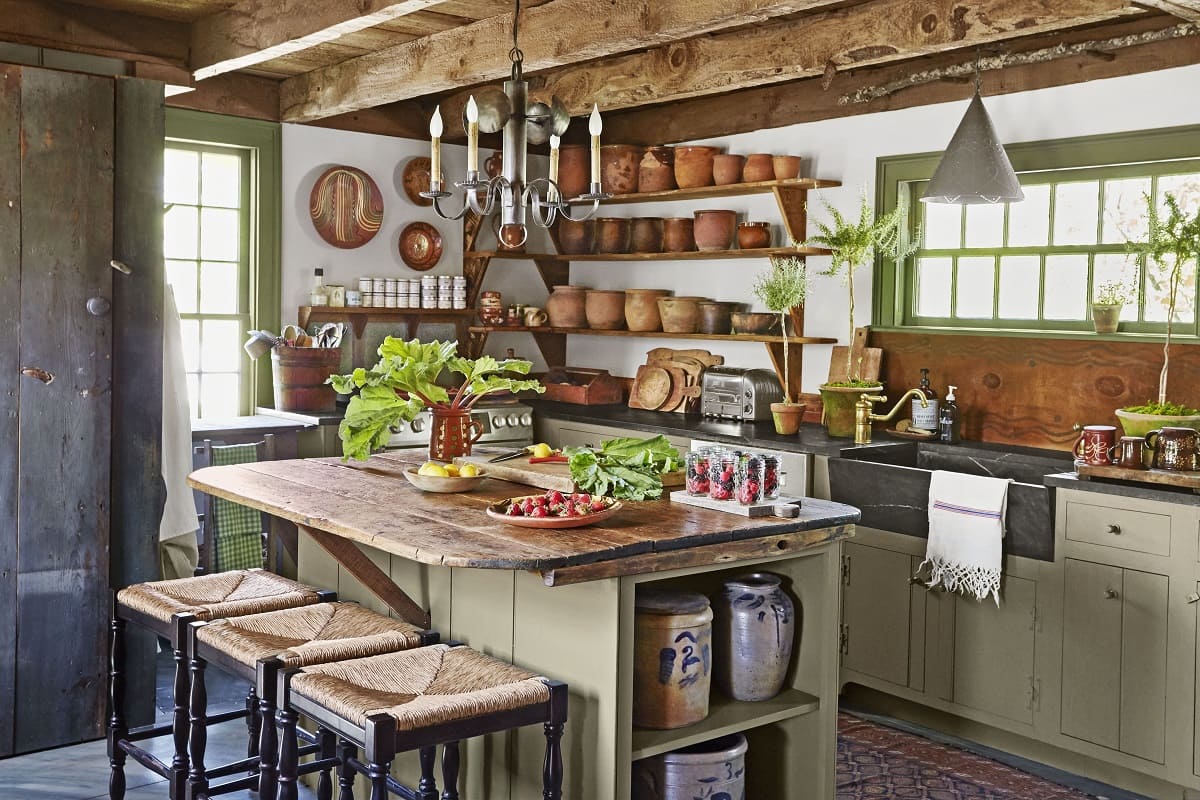
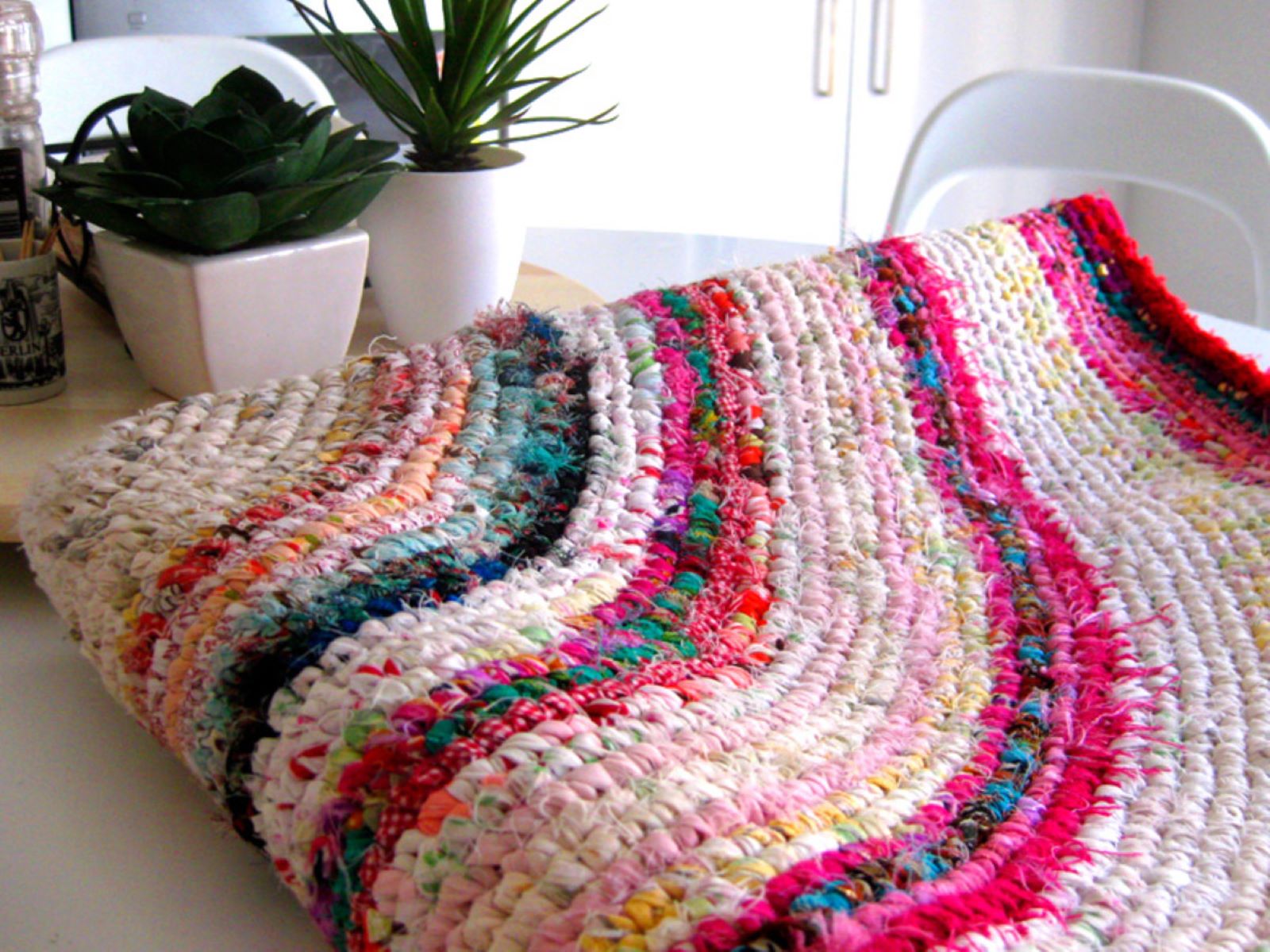
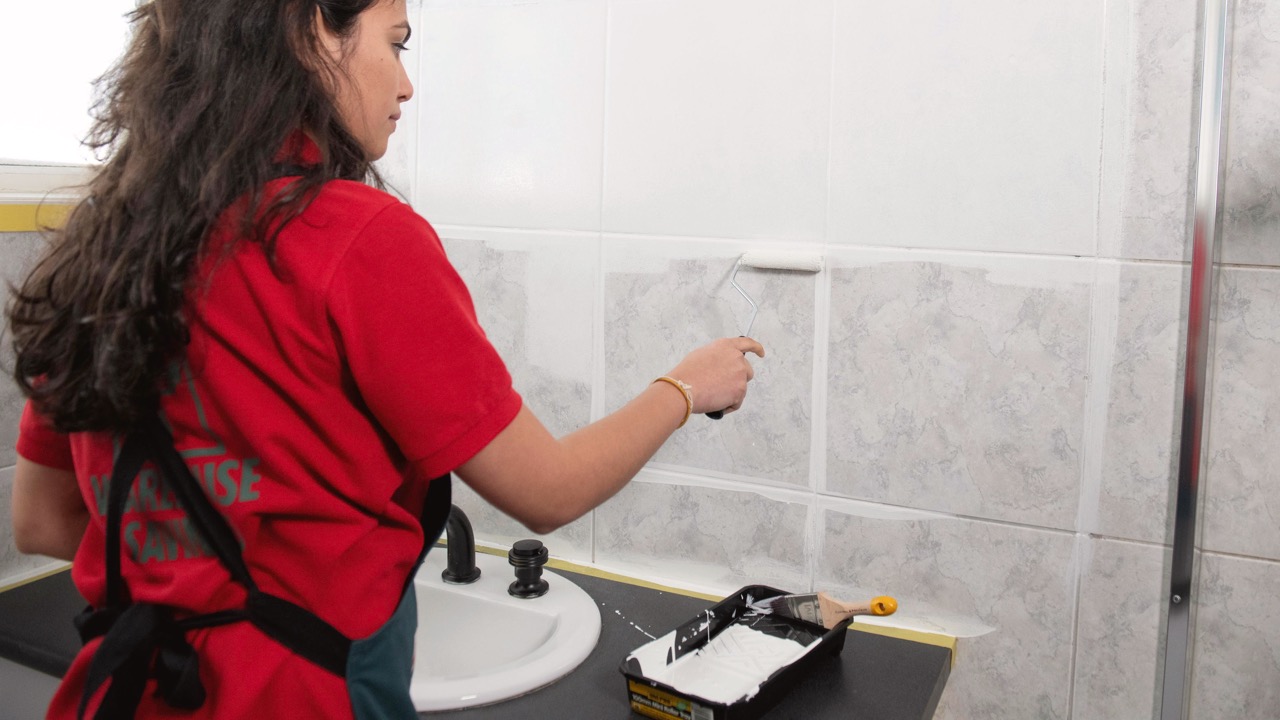

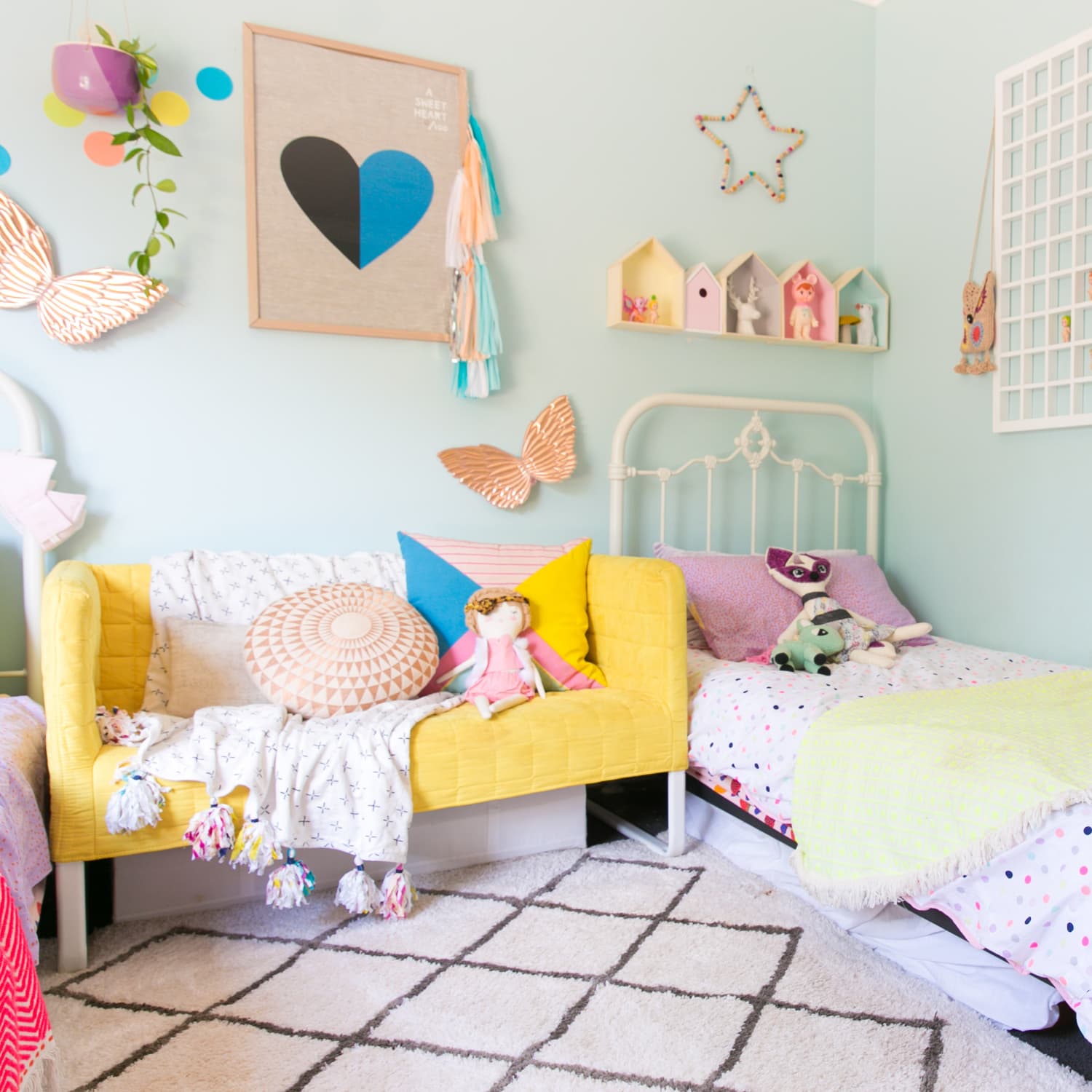




0 thoughts on “The Biggest Rug Mistake You Can Make, Says Jake Arnold”